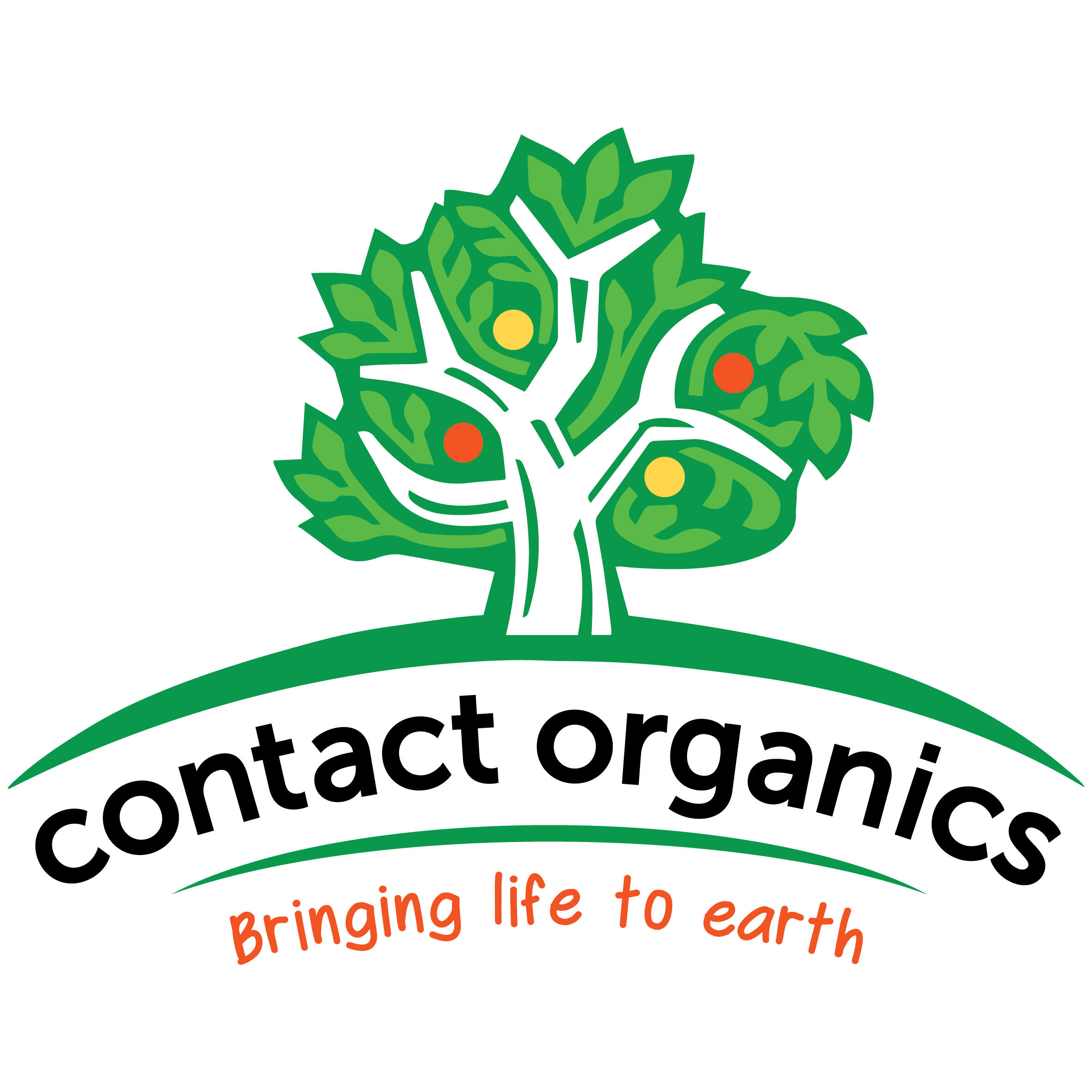Contact Organics is dedicated to providing the highest quality nontoxic weed control products to its customers and ultimately to the environment. By creating products that focus on improving soil micro-biology while controlling unwanted plant growth, we aim is to restore balance in the environment. Stop using toxic herbicide formulations to control weeds and choose a better, smarter, innovative, glyphosate-free alternative, a soil-health-focused herbicide that’s both effective and safe. Keep toxic chemicals out of the soil, out of our food chain. Through this approach, we can help to remove toxins from our food, thereby bringing back balance to our bodies.
We know the ingredients our products are made from and how they affect or in our case do not affect nature. It is important to be able to independently prove all our claims. Consequently, Contact Organics sent a randomly selected sealed container of our Weed Terminator 20 and Boost to an independent lab for analysis of any type of synthetic herbicide. Did we have prove that we provide a safe weed control solution? No! But we care to show to our current and future customers that by selecting the Weed Terminator and Boost superior combo, they will eliminate unwanted vegetation and yet will not harm people, animals or our environment,. Our products are designed to work with nature and to against it.
The lab results prove that Contact Organics products are FREE from Paraquat, Diquat, Chlormequat, and Glufosinate. The certificate of analysis can be found, here.
What is paraquat?
According to the Centre for Disease Control (CDC) and Prevention
- Paraquat is a toxic chemical that is widely used as an herbicide (plant killer), primarily for weed and grass control.
- In the United States, paraquat is available primarily as a liquid in various strengths. The US Environmental Protection Agency classifies paraquat as “restricted use.” This means that it can be used only by people who are licensed applicators.
- Because paraquat is highly poisonous, the form that is marketed in the United States has a blue dye to keep it from being confused with beverages.
What is Diquat?
Diquat is a contact herbicide results in desiccation and defoliation. Diquat has been banned in the European Union. The diquat is still approved for use in the USA and in many other countries.
What is chlormequat?
A plant growth regulator (World Health Organization). Chlormequat chloride is commonly used on ornamental plants. High levels of chormequat residue have been found in grains and specifically oats.
What is glufosinate?
According to the Minnesota Department of Agriculture, glufosinate provides weeds control by inhibiting glutamine synthetase, an enzyme involved in the incorporation of ammonium into the amino acid glutamine. Inhibition of this enzyme causes a buildup of phytotoxic ammonia in plants which disrupts cell membranes. Glufosinate is a contact herbicide with limited translocation within the plant.
The lab results show that NO Glyphosate or AMPA were detected. To read the certificate of analysis report, click here.
What is glyphosate?
Glyphosate is a synthetic organophosphate compound that blocks the activity of enolpyruvylshikimate-3-phosphate (EPSP) synthase and is used as a broad-spectrum pesticide (National Institutes of Health). Glyphosate residues can be found everywhere. World Health Organization International Agency for Research on Cancer (IARC) has classified glyphosate as probably carcinogenic to humans.
What is AMPA?
Aminomethylphosphonic Acid (AMPA), is a chemical resulting from the breakdown of glyphosate by soil microbes (Minnesota Department of Health). Glyphosate, aminomethylphosphonic acid (AMPA), and glyphosate-based herbicides altered the neuroendocrine axis, the content of brain neurotransmitters, and behavior in experimental animal models (Duque-Díaz E, Hurtado Giraldo H, Rocha-Muñoz LP, Coveñas R. Glyphosate, AMPA and glyphosate-based herbicide exposure leads to GFAP, PCNA and caspase-3 increased immunoreactive area on male offspring rat hypothalamus. Eur J Histochem. 2022 Oct 13;66(4):3428. doi: 10.4081/ejh.2022.3428. PMID: 36226530; PMCID: PMC9614696.)
Why should we care about chemicals and chemical residues? Simply because they end up on our plates.
According to the World Health Organization (WHO), currently there are over 1000 pesticides used around the world. Pesticides/herbicides are used to lessen the impact of pests/weeds on the food production systems. Each pesticide has different properties and toxicological effects. Pesticides are potentially toxic to humans and can have both acute and chronic health effects, depending on the quantity and ways in which a person is exposed. The WHOs mission is to protect food consumers from the adverse effects of pesticides. Therefore the WHO reviews evidence and develops internationally-accepted maximum residue limits.
Each country has it’s own processes and laws, and in the United States the Environmental Protection Agency (EPA) sets tolerances. Tolerances are defined as the maximum amount of a pesticide allowed to remain in or on a food, as part of the process of regulating pesticides. In some countries tolerances are called maximum residue limits (MRLs).
The lab results also show NO Pesticides were detected. The detailed multi-residue analysis certificate can be found here.

 Australia
Australia New Zealand
New Zealand 日本語
日本語
0 comments
Be the first to comment below...